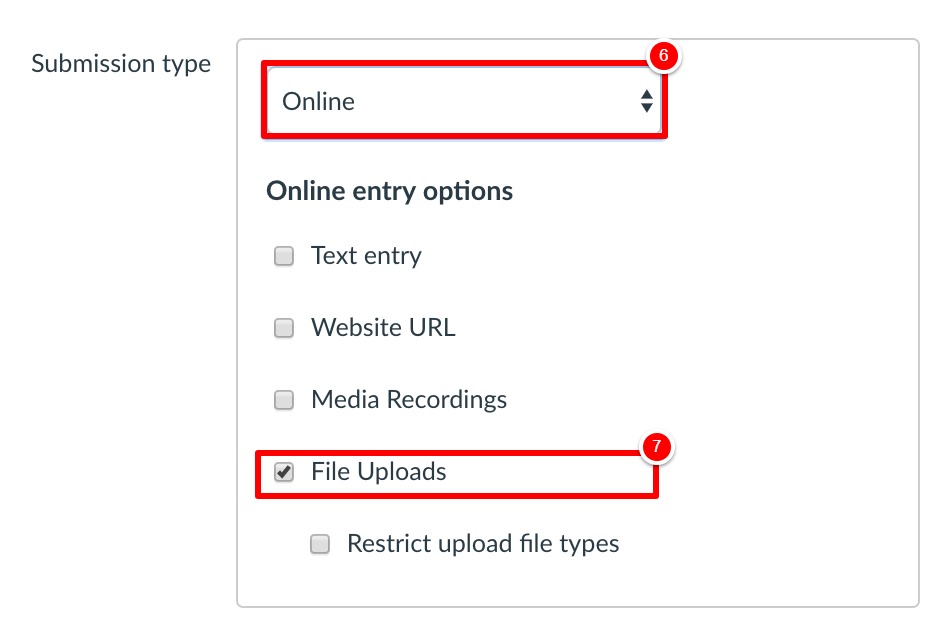
The TBI Clinical Reminder screen was designed to be sensitive to symptomatic individuals who likely sustained a TBI during OIF/OEF deployment.

Patients who respond affirmatively to each of the four TBI screening sections are considered to have a positive screen and are referred for further evaluation. The screening process is initiated through an automated computerized patient record system (CPRS) that triggers a four-section TBI screen, the TBI Clinical Reminder. In April 2007, the four-section TBI screening instrument was mandated for all individuals returning from deployment in the Operation Iraqi Freedom/Operation Enduring Freedom (OIF/OEF) theaters of operation (VHA Directive 2007–013). Lacking an existing and validated screening instrument, the task force reviewed the literature on the natural history of TBI and existing screening tools and collaborated with the Defense and Veterans Brain Injury Center to develop a TBI screening instrument. The need to identify and appropriately treat individuals with TBI led the Veterans Health Administration (VHA) to establish a task force to develop clinically appropriate screening and evaluation tools for TBI. In the context of returning Active Duty servicemembers or veterans presenting for healthcare months or years after a possible mild TBI, the identification of mild TBI is a challenge because of the necessary reliance on subjective report of a relatively remote historical event. One such condition is traumatic brain injury (TBI), particularly mild TBI. Key words: brain injury, clinical reminder, concussion, diagnostic techniques, differential diagnosis, head injury, head trauma, interview, postconcussion syndrome, rehabilitation.Įvaluating military servicemembers and veterans for possible undetected injuries or conditions of war has been a high priority for the Department of Defense (DOD) and Department of Veterans Affairs (VA). This article describes the six-step developmental methodology and presents the resulting semistructured interview and accompanying manual. This tool was developed through consultation with TBI subject matter experts and built on the strengths of existing tools in the literature. For validation studies of the TBI Clinical Reminder screening process and with the long-term goal of providing a structured methodology to complete the TBI history portion of the Second Level TBI Evaluation, we sought to develop a –criterion standard– semistructured clinical TBI identification interview. If positive, a follow-up Second Level TBI Evaluation is to be completed. In April 2007, the Veterans Health Administration (VHA) mandated that the four-section TBI Clinical Reminder screening instrument be completed on all individuals returning from deployment in the Operation Iraqi Freedom/Operation Enduring Freedom theaters of operation (VHA Directive 2007–013). The acknowledged standard for determining a history of prior TBI is self-report elicited through a structured or in-depth clinical interview. Haley Veterans– Hospital, Tampa, FL Departments of 3Psychiatry and Neurosciences and 4Psychology, University of South Florida, Tampa, FL 5Defense and Veterans Brain Injury Center, Tampa, FLĪbstract– Identification of a remote traumatic brain injury (TBI), particularly mild TBI, is a challenge.
#Ithenticate osu software

The University of Tasmania has an Open Access Policy which applies to all research publications. * University research outputs prior to 2017 are discoverable in eCiteįind out more about the University Open Access Repository in the OAR user guide. Items from our Library Special and Rare Collections.Self-deposited Coursework Masters and Honours theses.Self-deposited unpublished grey literature scholarly outputs (i.e.University research outputs* submitted to WARP and eligible for Excellence in Research for Australia (ERA).

What is deposited in the University Open Access Repository? The University of Tasmania Open Access Repository (OAR) is the central online location for collecting, preserving and revealing our scholarly outputs for worldwide discovery and access. What is the University Open Access Repository?


 0 kommentar(er)
0 kommentar(er)
